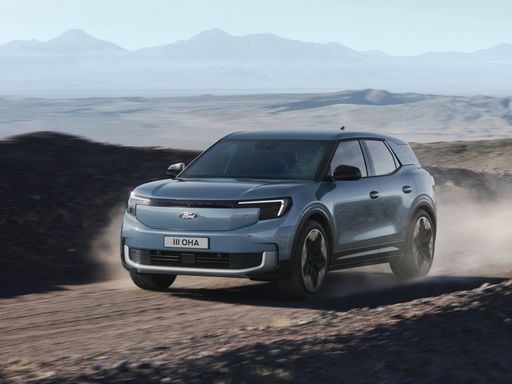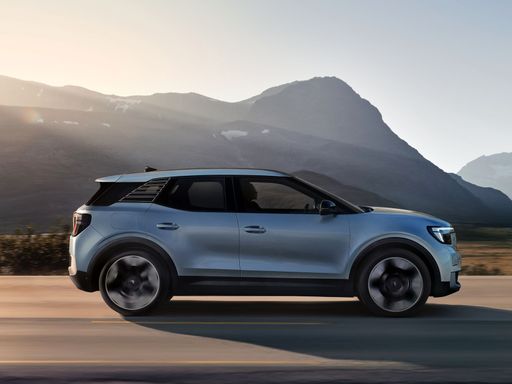Electrifying Experience: Ford Explorer EV vs. Fuel-Savvy Volvo XC40
As the automotive industry shifts towards sustainability, choosing the right SUV has never been more exciting—or challenging. Today, we dive into an exhilarating comparison between the 2024 Ford Explorer EV and the 2024 Volvo XC40, two SUVs that exemplify the evolution of transportation technology. Each vehicle offers its unique charms, innovations, and performance capabilities that cater to distinct preferences and needs of modern drivers.








